Next.js+MUI - Web Development with Next.js+MUI

Welcome! Need help with Next.js and MUI? Let's build something great.
Streamline Web Design with AI
Generate a Next.js component that uses MUI's Joy UI to create a responsive...
Create a styled form component in Next.js using Material-UI...
Build a Next.js page layout with a sidebar and header using MUI components...
Design a custom MUI button with specific styling in a Next.js application...
Get Embed Code
Introduction to Next.js+MUI
Next.js is a popular React framework known for its server-side rendering, static site generation, and client-side routing capabilities. It is designed to create fast, SEO-friendly web applications. Material-UI (MUI) is a comprehensive suite of UI components based on Google’s Material Design guidelines. MUI Joy UI is a subset focusing on minimalistic, aesthetically pleasing design elements. Combining Next.js with MUI allows developers to build responsive, performant, and visually appealing web applications. An example scenario includes creating a dynamic, SEO-optimized e-commerce website with a modern, intuitive interface using Next.js for routing and data fetching and MUI for the design components. Powered by ChatGPT-4o。

Main Functions of Next.js+MUI
Server-Side Rendering (SSR)
Example
Using `getServerSideProps` to fetch data on each request.
Scenario
An online store dynamically displays product details, improving SEO and load times.
Static Site Generation (SSG)
Example
Using `getStaticProps` and `getStaticPaths` for pre-rendering pages.
Scenario
A blog website pre-generates pages for each post, enhancing performance and SEO.
API Routes
Example
Creating API endpoints using the `/api` directory.
Scenario
A dashboard application uses custom API routes to handle authentication and data retrieval.
Component Library
Example
Using MUI components like `Button`, `Card`, and `Grid`.
Scenario
A corporate website leverages MUI components to maintain design consistency and responsiveness.
Theming and Customization
Example
Utilizing MUI’s theming capabilities to create a custom theme.
Scenario
A SaaS platform applies a unique theme to match its brand identity.
Ideal Users of Next.js+MUI
Front-End Developers
Developers looking to build fast, SEO-friendly, and visually appealing web applications benefit from the seamless integration of Next.js for routing and SSR with MUI’s comprehensive component library.
Web Designers
Designers can utilize MUI’s theming and customizable components to implement modern and consistent UI designs efficiently.
E-Commerce Businesses
Businesses seeking to create high-performance, SEO-optimized online stores will find Next.js+MUI ideal for developing dynamic, user-friendly shopping experiences.
Content Creators
Bloggers and content creators can leverage the static site generation and styling capabilities to build fast-loading, aesthetically pleasing websites.
SaaS Providers
Software-as-a-Service providers benefit from the robust API routes and component flexibility to create scalable and maintainable web applications.

Guidelines for Using Next.js with MUI
1
Start your journey by visiting yeschat.ai to explore the tool without needing a login or a ChatGPT Plus subscription.
2
Install Next.js and Material-UI packages in your project by running 'npx create-next-app my-app' followed by 'cd my-app' and 'npm install @mui/material @emotion/react @emotion/styled'.
3
Familiarize yourself with the MUI documentation and theme customization to effectively incorporate UI components that align with your brand.
4
Use Next.js pages and API routes to structure your project, leveraging server-side rendering or static site generation for optimal performance.
5
Deploy your application using Vercel or other hosting platforms that support Next.js to maximize accessibility and user experience.
Try other advanced and practical GPTs
CraftGTP
AI-driven solutions for web developers.
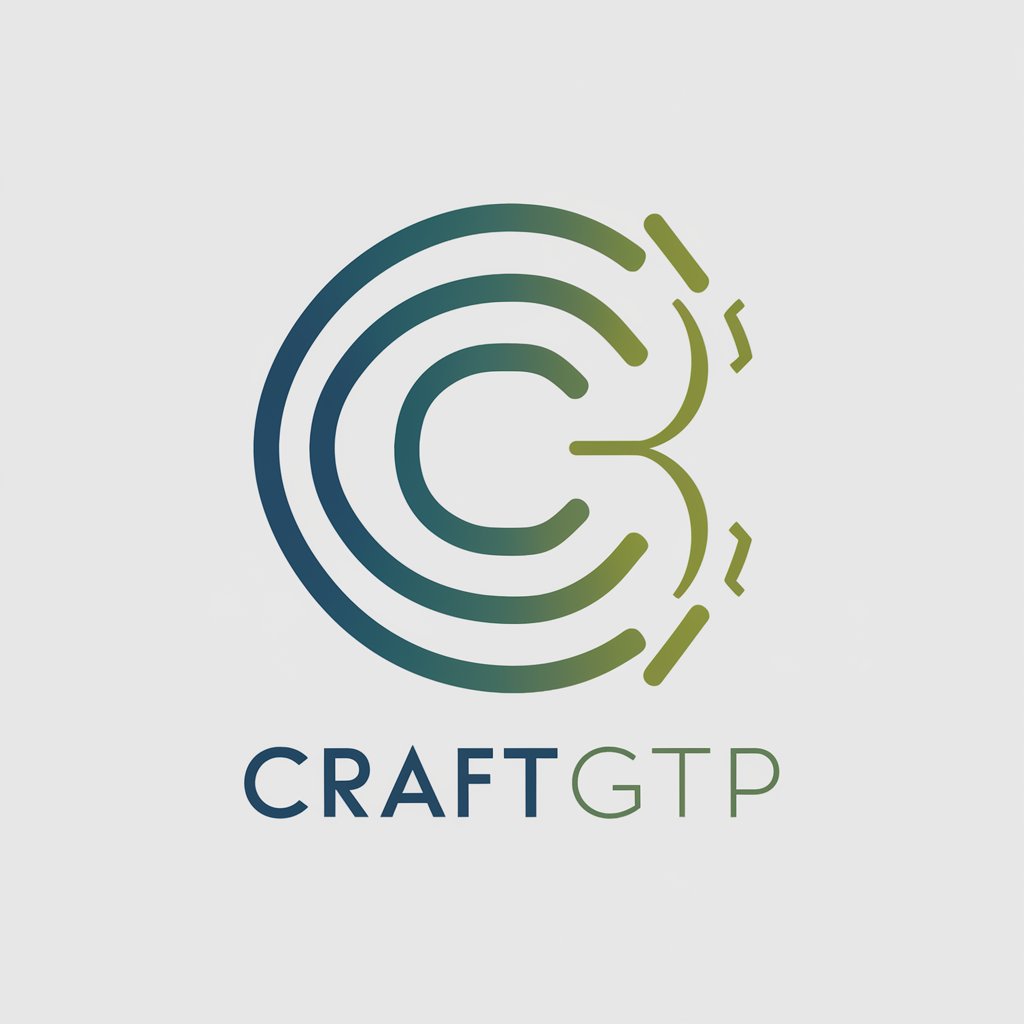
Vino Virtuoso
Empower Your Wine Journey with AI

Coach académique
Revolutionizing Economics Study with AI

C Helper
Empowering your C coding with AI

Claude AI
Unlocking Potential with AI
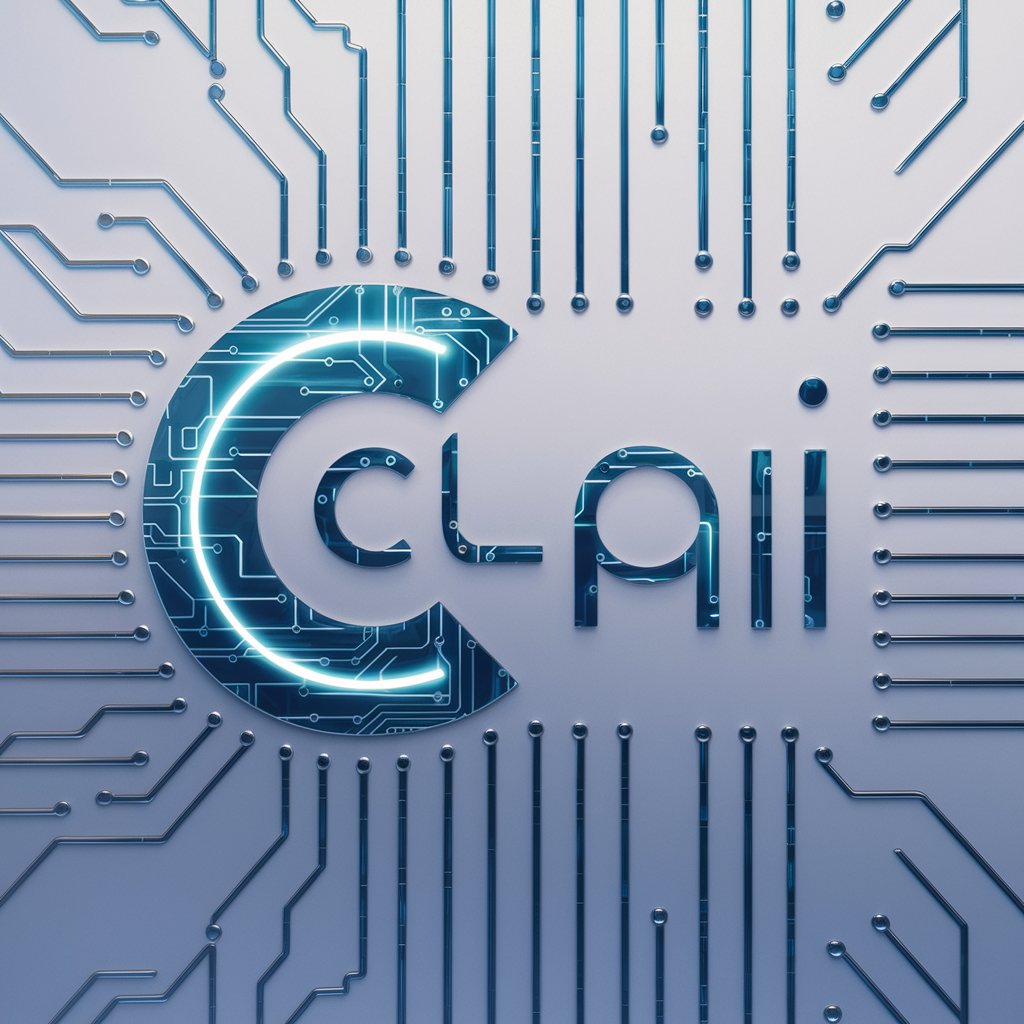
力扣机器人
Empowering code learning with AI
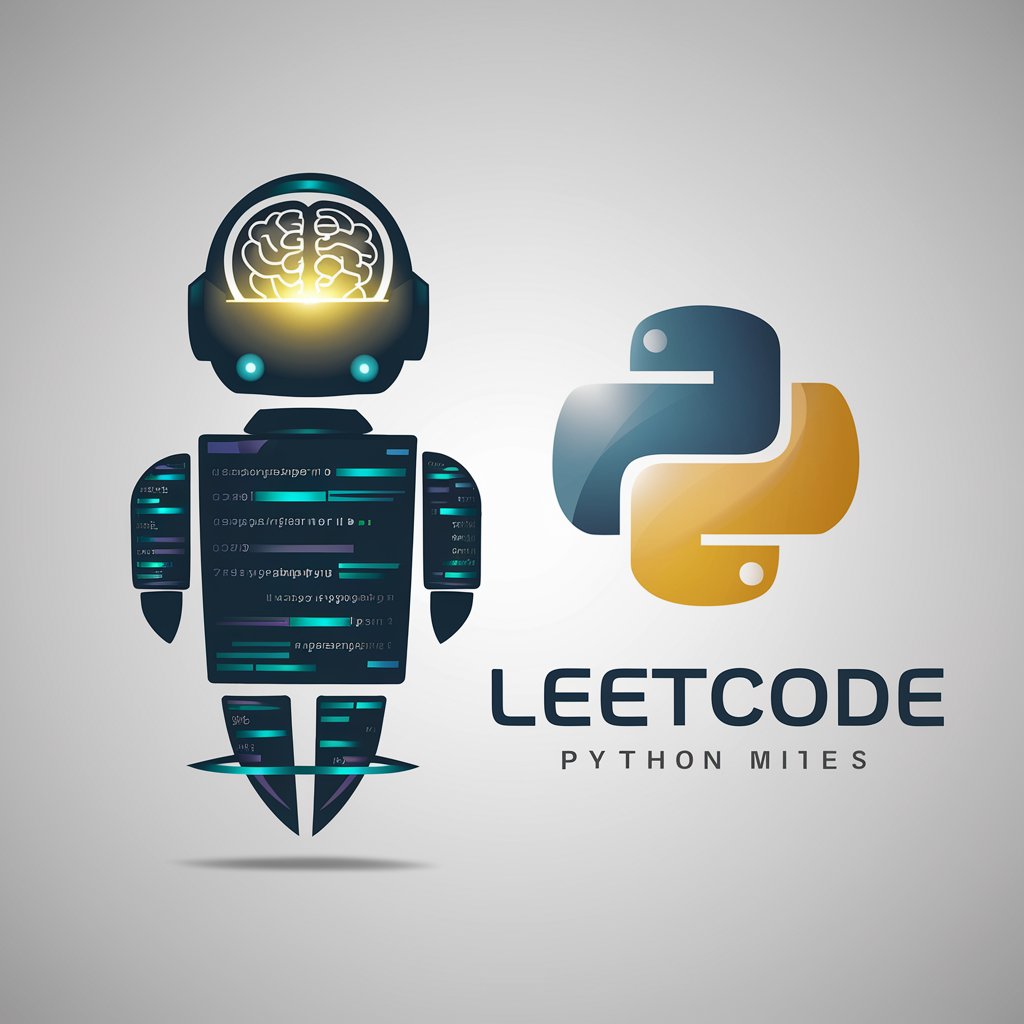
DDxChat
Enhancing Diagnosis with AI

Frontend GPT
Streamline Your Code with AI

PyhtonGPT
AI-Powered Coding Solutions

Photographer
Craft Stunning Visuals with AI
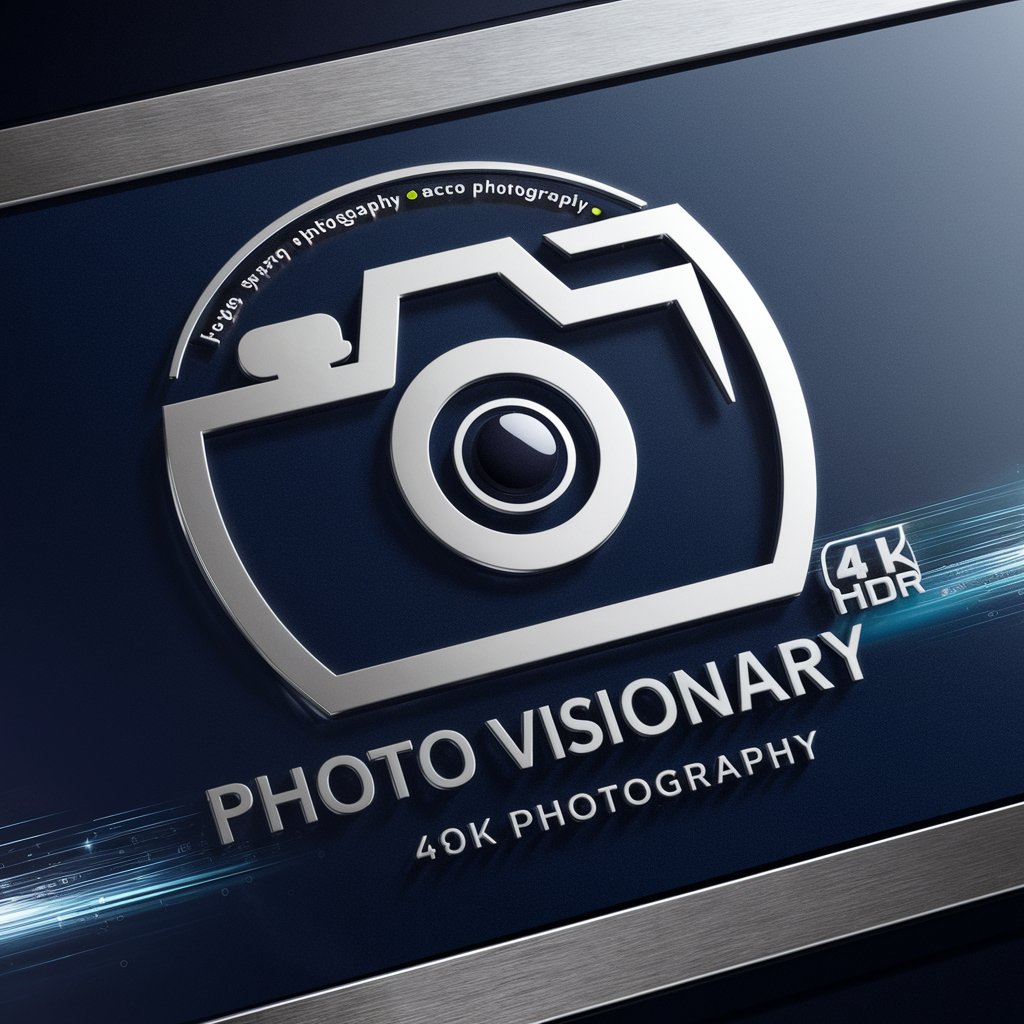
LB Coach
Empower Your Potential with AI Coaching

Python Prodigy
Enhancing Python Learning with AI
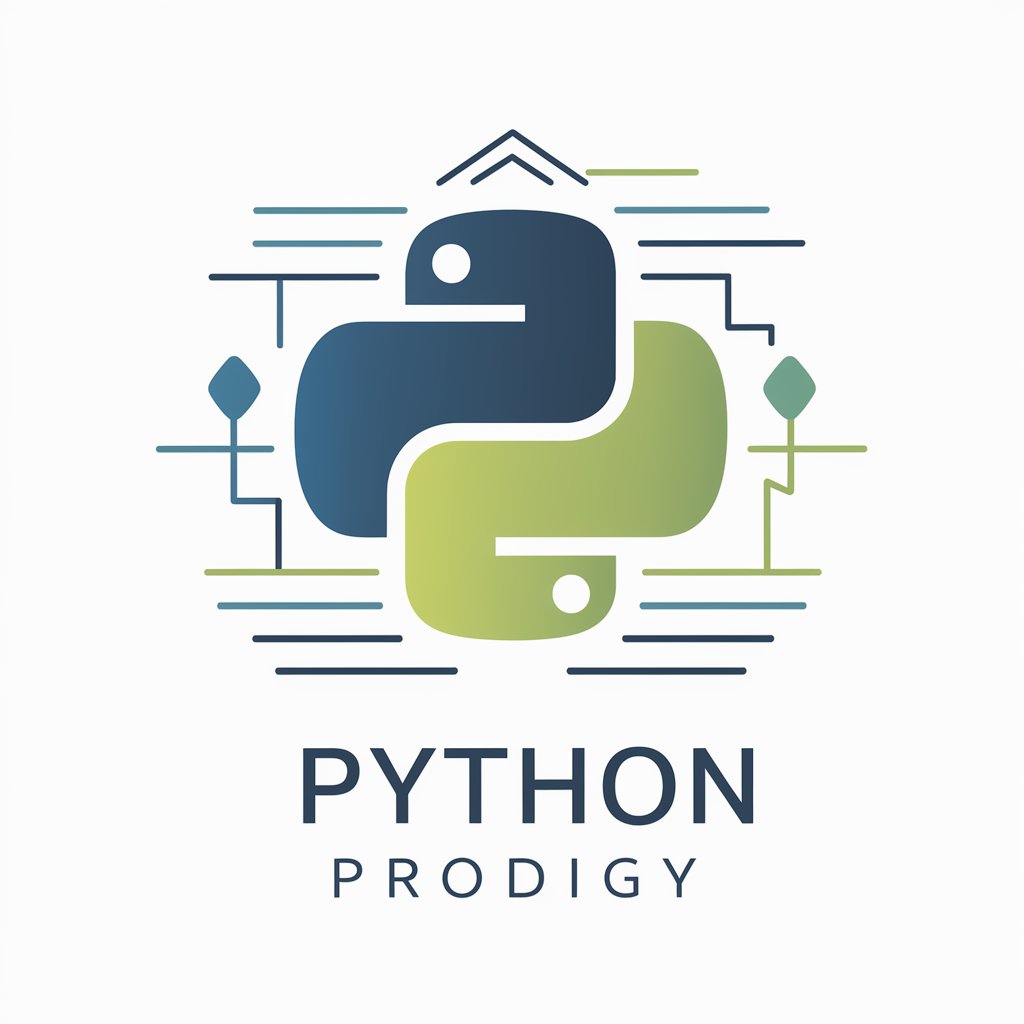
Detailed Q&A About Next.js+MUI
What are the benefits of using MUI with Next.js?
MUI provides a robust set of customizable components that speed up UI development, while Next.js offers efficient data fetching and page rendering strategies, making them a powerful combination for modern web development.
How do you handle theming in a Next.js+MUI project?
MUI supports theming with a ThemeProvider component where you can define a custom theme object. Wrap your page components in this provider to ensure consistent styles across your application.
Can MUI work with Next.js API routes?
While MUI primarily affects the front-end, using its components alongside Next.js API routes allows you to build dynamic applications where the UI perfectly syncs with backend operations.
What is the best way to optimize SEO in a Next.js+MUI project?
Utilize Next.js's built-in SEO capabilities, such as server-side rendering and meta tag management within the <Head> component, to enhance search engine visibility.
Are there any specific performance considerations when using Next.js with MUI?
Optimize performance by using MUI's server-side rendering compatibility and Next.js's image optimization features like the <Image> component to reduce load times and improve user experience.
